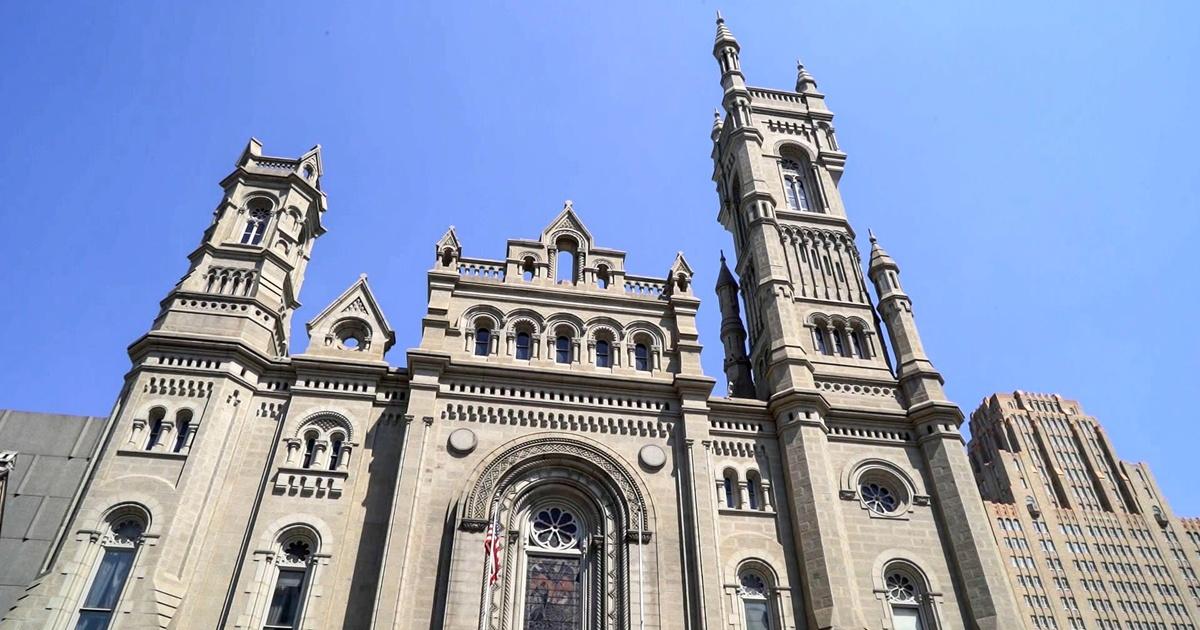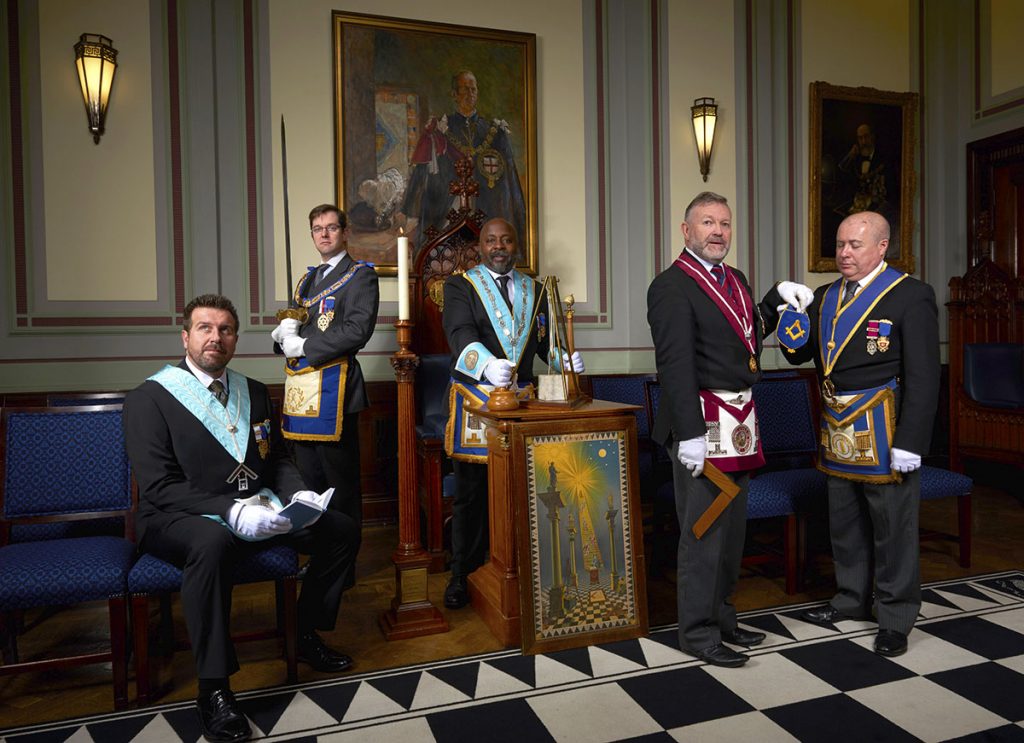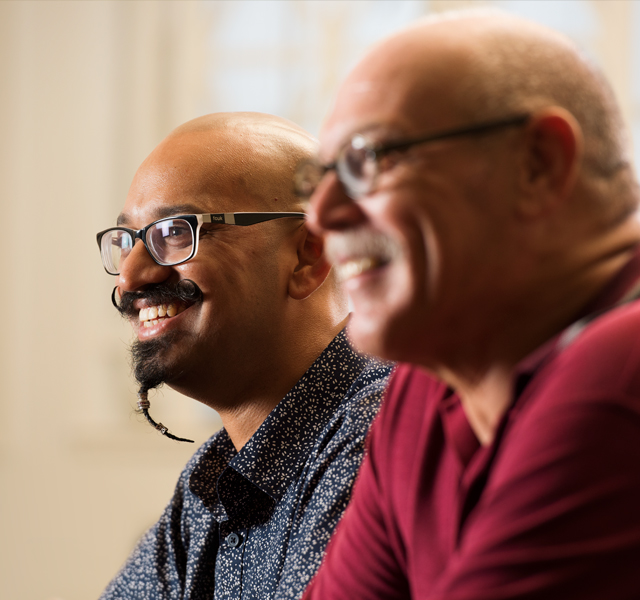Discovering the Mysteries of the copyright: What You Need to Know
The copyright, a term usually shrouded in intrigue and dispute, represents a complicated tapestry of historical truth and modern misconception. Developed in the late 18th century, this secret society was originally rooted in the Enlightenment's perfects but has actually since ended up being synonymous with conspiracy concepts about elite control. As we browse the beginnings, essential numbers, and the stark comparison in between myth and truth, one must think about just how these narratives influence modern understandings of power and secrecy. What might be revealed with a more detailed evaluation of these aspects can challenge long-held assumptions regarding the darkness that stick around in our culture.
Origins of the copyright
The beginnings of the copyright are soaked in a mix of historic intrigue and ideological fervor. Established in 1776 in Ingolstadt, Bavaria, by Adam Weishaupt, the group was initially developed as a secret culture intended at promoting Enlightenment perfects such as factor, secularism, and the splitting up of church and state. join freemason. Weishaupt, a teacher of canon regulation, looked for to test the prevailing authority of the church and state, which he deemed oppressive organizations stifling intellectual and personal freedom
The copyright looked for to hire prominent members from different societal sectors, consisting of national politics, academic community, and the arts, to promote a network dedicated to these Enlightenment concepts. The culture operated under a shroud of privacy, utilizing coded language and rituals to protect its participants from oppression, particularly given the repressive climate of the moment. The copyright faced substantial resistance from both governmental authorities and religious establishments, which checked out the group as a hazard to their power.
Secret Numbers and Members
Who were the essential figures that formed the copyright's early impact and direction? The Bavarian copyright, established in 1776 by Adam Weishaupt, emerged as a response to the overbearing societal frameworks of the moment. Weishaupt, a legislation teacher, imagined the company as a way to advertise Enlightenment perfects such as reason, secularism, and equality. His first recruitment efforts included prominent intellectuals, such as Baron von Knigge, who played a vital role in broadening the team's membership and business framework.
Another considerable number was Johann Gottlieb Fichte, a prominent theorist whose concepts on nationalism and education and learning resonated with the copyright's goals. Although Fichte was not an official participant, his thoughtful foundations influenced the team's ideological background. Additionally, figures like the writer and philosopher Johann Wolfgang von Goethe were connected with the wider intellectual activities of the moment, although their straight participation with the copyright continues to be debated.
These essential figures added to the copyright's early direction, pushing the boundaries of political and social thought, while their collective efforts intended to test well-known standards and cultivate an environment of modern modification in Europe. (join freemason)
Myths vs. Reality
Many misconceptions border the copyright, usually mixing fact with fiction in a means that obscures its true nature. The idea that the copyright continues to apply considerable influence over globe events is a misconception.
One more prevalent misconception is that the copyright comprises a network of elite people controling global events. In reality, several conspiracy concepts exaggerate the team's importance, attributing unproven motives to social trends and occasions. This has caused an oversimplified view of complicated issues.
Furthermore, the representation of the copyright in pop culture typically more distorts its heritage. Films and literature often tend to sensationalize the organization's function, developing a narrative that splits from historic facts. Comprehending the distinction in between the myths and the truth of the copyright is critical for discerning the authentic effect of this historic group and recognizing the wider effects of conspiracy theories in contemporary culture.

Modern Interpretations
Contemporary analyses of the copyright usually reflect wider societal stress and anxieties and an attraction with privacy and power. This modern-day lens frequently associates the copyright with conspiracy theories that suggest a covert elite manages globe occasions, controling federal governments and economic situations for their very own gain. Such stories take advantage of a deep-rooted distrust of authority, particularly in times of crisis or social upheaval.
In preferred society, the copyright is often depicted as an omnipotent company shrouded in enigma, bring about a wide variety of fictional representations in literary works, movie, and music. This portrayal serves not just to amuse however likewise to provoke considered the nature of power and control in modern society. Social network has better intensified these analyses, permitting rapid circulation of conspiracy theory theories and creating areas that share and broaden upon these ideas.
In addition, some contemporary interpretations mount the copyright as a metaphor for the intricacies of globalization and the interconnectedness of prominent individuals and companies. This point of view encourages an essential assessment of how power characteristics operate in today's globe, highlighting the balance in between transparency and privacy in governance and corporate methods.
Social Impact and Tradition
Influenced by centuries of intrigue, the social impact and tradition of the copyright prolong much beyond its historical origins. This secret culture, developed in the late 18th century, has permeated different elements of popular culture, from literature and movie to songs and art. join freemason. The principle of the copyright has evolved into an icon of conspiracy theory theories, typically standing for a regarded hidden power manipulating worldwide events
In sites literature, authors like Dan Brown have actually woven the copyright right into complex stories, exciting viewers with themes of secrecy and power. Films such as "National Prize" and "The Da Vinci Code" further perpetuate the allure of the society, blending fact with fiction to create engaging stories.

Ultimately, the copyright's tradition is a complicated tapestry of myth and fact, forming understandings of secrecy and control in contemporary discussion. Its enduring presence in society emphasizes humankind's perennial pursuit for comprehending covert truths.

Verdict
The exploration of the copyright discloses a complicated interplay in between historical realities and contemporary their website myth-making. Founded in the Knowledge era, this culture aimed to test oppressive frameworks, yet its legacy has actually been overshadowed by conspiracy theory theories that recommend elite manipulation. Recognizing the distinctions in between the original suitables and modern interpretations is essential for comprehending the enduring fascination with the copyright and its substantial influence on social stories surrounding power and privacy in society.
Comments on “Begin with Simple Instructions on How to Join a Masonic Lodge”